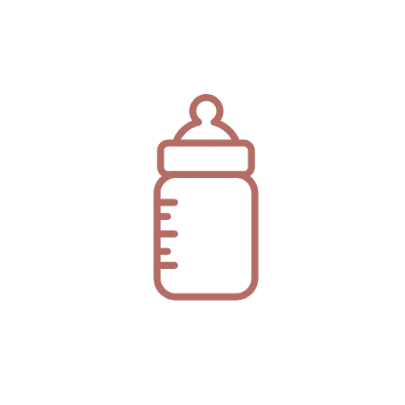The first 24 hours with your baby
So much of antenatal classes focus on what happens during pregnancy and labour, but the first 24 hours with your baby often get glossed over in that haze of new parenthood. Here’s a rundown of what to expect in the first day of your baby’s life.
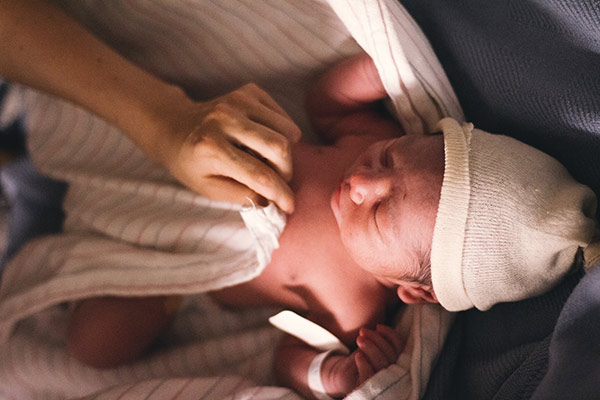
Immediately after birth
When your baby first emerges, they might not look as pink and fresh-scrubbed as you expect. It’s normal for them to be covered in vernix (a cheeselike whitish or yellowish substance), amniotic fluid, and even a bit of blood. They might have bluish or greyish skin, but this will turn pink as they start to breathe (within the first minute or so of birth). Their little hands and feet might still have a bluish tinge for a few hours, especially under their nails, but this will change to pink soon.
After your baby emerges, your LMC will place them on your body for skin-to-skin contact and will take note of the time of birth. Some parents like to get a quick snap of the clock on the wall of the birthing unit at the time of their baby’s birth (if you have the presence of mind – it’s okay to delegate this responsibility to one of your birth support people so the parents can concentrate on their newborn!).
Within a short time, you will need to birth the placenta – your body will still be having contractions to help you do this, and your LMC may give you an injection to help your uterus contract and to help you expel the placenta. Your LMC will encourage you to help your baby latch on to the breast early on.
Within the first hour after birth
Your LMC will observe your baby closely and will borrow them for a moment to weigh and measure them, but should hand them right back to you for continued skin-to-skin contact. It is okay for your baby not to be washed off, dressed, or put into a nappy for a while. They need to be held close and warm to your skin. Your baby will also be given a vitamin K injection in this first hour, as well as an APGAR score, which is a clinical rating of your baby’s health at one minute and five minutes post-birth.
If you have torn during labour and birth, your LMC will need to stitch you up. This can be uncomfortable, but your LMC will give you an injection of local anesthetic. You should be able to continue to hold your baby during this procedure unless your LMC says that it isn’t safe. In that case, your partner or a birth support person can hold your baby.
Your LMC will continue to encourage you to let your baby latch on to your breast and continue skin-to-skin contact. Newborns show signs of wanting to latch on soon after birth and may suckle for an hour or more.
The first milk your baby will get is called colostrum – a thick, yellowish substance that is the precursor to breast milk. It may take a few tries for your baby to latch on and suck well, and if you are feeling like it isn’t happening or you’re frustrated, ask for help, or take a break and try again in a few hours.
Within the first two to three hours after birth
Your LMC has some paperwork to complete, and may do this while you are having skin-to-skin contact after your placenta has been delivered and any tears have been sewn up. They will fill in the first few pages of your Well Child book and give this to you to keep. You will need to bring this to all antenatal appointments and Well Child checks.
Before you are moved from the delivery room to your postnatal room, it will be time to have a shower. You might feel shaky and weak getting up from the bed, and your LMC will help you to walk from the bed to the bathroom. The shower will have a seat or bench so you can sit for a rinse-off, and your LMC can help you if you don’t feel able to shower yourself. It may sound embarrassing, but they are used to it, and this feeling of weakness will pass!
Your LMC will give you large sanitary towels to put into your underwear. The ones provided by hospital often don’t have adhesive on them, and many women fondly call them “surfboards”. A good tip is to double them up – layer one on top of the other and give yourself good coverage in the front and back. We recommend wearing old underwear with good coverage, in case you need to throw them away afterward, or disposable underwear. Your body will also feel a bit swollen and you will want to wear comfortable, loose pyjamas with easy breastfeeding access.
Your body will continue to bleed heavily for around the first 24 hours, and you may pass several blood clots in this time. You will need to change your sanitary towels several times, perhaps even every hour or two. Your LMC will tell you what to look out for, and may want to look at any blood clots that are above a certain size, so after you go to the toilet you might need to wait to flush until your LMC gives the okay.
Going to the toilet is something you will likely not even want to think about, but it is important that you pass urine and faeces. Your LMC will give you something to drink that will help your urine not to sting any tender or stitched-up areas. They will also give you a stool softener that may cause you to need to go to the toilet without a lot of warning. A word of advice: If you feel the urge to go to the loo, get there quickly!
You’ll likely be brought a cup of tea and toast shortly following the birth, and a meal, too. As you probably didn’t feel like eating and drinking during labour and birth, you might be ravenous!
Your LMC will help you to put a nappy and clothing on your baby when you are ready. It’s important to keep them warm and snug. You’ll be transferred to your postnatal room, which may be a shared room with another mum and baby, or may be a private room, depending on where you give birth. Some mums also choose not to stay in hospital and want to go home quickly; talk to your LMC if this is your preference.
Within the first 12 hours after birth
Once you are settled into your postnatal room, your LMC may hand over your care to other LMCs or nurses who are on duty. Before they leave, they should explain to you what is happening and who will be looking after you, and they should make a plan with you to come see you again the next day. Sometimes they will wait to come see you when you are back at home in a few days.
You’ll be given instructions on how to care for your baby’s umbilical cord stump, which will have a small clamp on it and will fall off naturally within a few days to a week post-birth. Your LMC will check this – don’t pull on it or try to remove it yourself, and have a care when changing clothing and nappies. If you notice blood or oozing from the umbilical cord stump, call the nurse or LMC to check it straightaway.
Everyone says to sleep when the baby sleeps, and your baby will likely be sleeping a lot in the first few days. And you, the new parent, might find it impossible to sleep that first night because you are now responsible for this new arrival. Try to get as much rest as you possibly can. Hand the baby over to your partner and try to sleep!
If you are breastfeeding, you will want to try to latch your baby on to the breast every time they wake up. This can feel challenging, as you and your baby are still learning what to do. Your nipples may feel sore and chafed from the effort. Get help from the LMC on duty, a lactation consultant, or the ward nurses – that is part of their job. Sometimes they will tell you to call them as soon as your baby is awake, so they can come in and check both of you and help you with breastfeeding.
You will need to drink a lot of water and make sure to eat to keep your strength up during this time. If you get the middle-of-the-night munchies, talk to your nurse as they might have some snacks or toast on hand!
Within the first 24 hours after birth
Your baby will likely pass urine – sometimes this can catch you unawares, and many a new parent has been urinated on by a newborn without a nappy! – and their first poo, which is meconium, a black and tarlike sticky substance. Their poo will change colour depending on whether they are drinking breast milk or formula within the next few days. Meconium poo can be difficult to remove from skin and clothing, so use soft water wipes to remove it from your baby’s skin.
A lactation consultant may come in to see you, and you will probably be given some pamphlets about breastfeeding. If you decide you want to give your baby formula while you are still in the antenatal ward, you will probably be required to sign a form, and this can be quite confronting and upsetting. You may bring your own formula and bottles from home, and some hospitals actually require you to do this if you want to formula-feed, but they will also have supplies on hand (usually pre-mixed formula). If you are feeling emotional about any aspect of feeding your baby, don’t be ashamed to talk about your feelings. You are always entitled to ask for another healthcare provider if you happen to get a lactation consultant, midwife, or nurse you don’t feel is respecting your wishes. Even in the middle of the night!
People will probably want to visit you very soon after your baby is born. While many hospitals and birthing centres have visiting hours and may have caps on the number of visitors who can come at any one time, you don’t have to have visitors if you don’t want to – you can wait until you are home or even until a few weeks after you get home. If you need to, you can ask the ward nurses or midwives to screen visitors for you or to put a sign on your door saying NO VISITORS, and you can tell people that your healthcare professionals have advised you not have visitors yet – it’s up to you, but they won’t mind being gatekeepers if you need them.
If you do have visitors in the birthing centre or hospital, they should wash their hands and wear face masks before touching you or your baby.
Enjoy those first 24 hours with your baby, as they are a precious time together and the start of a new chapter of your life.
Every LMC, birthing centre, and hospital has different protocols and guidelines, and a home birth will be different to a birthing centre birth will be different to a hospital birth. Also, there can be complications, things can look different if you’ve had pain relief or a C-section, and sometimes the plan is just a plan and isn’t what actually happens. The above is what you can typically expect, but things will likely vary for you and your experience. Please talk to your LMC if you have any concerns or questions about the first 24 hours after your baby’s birth.
– You may also like –
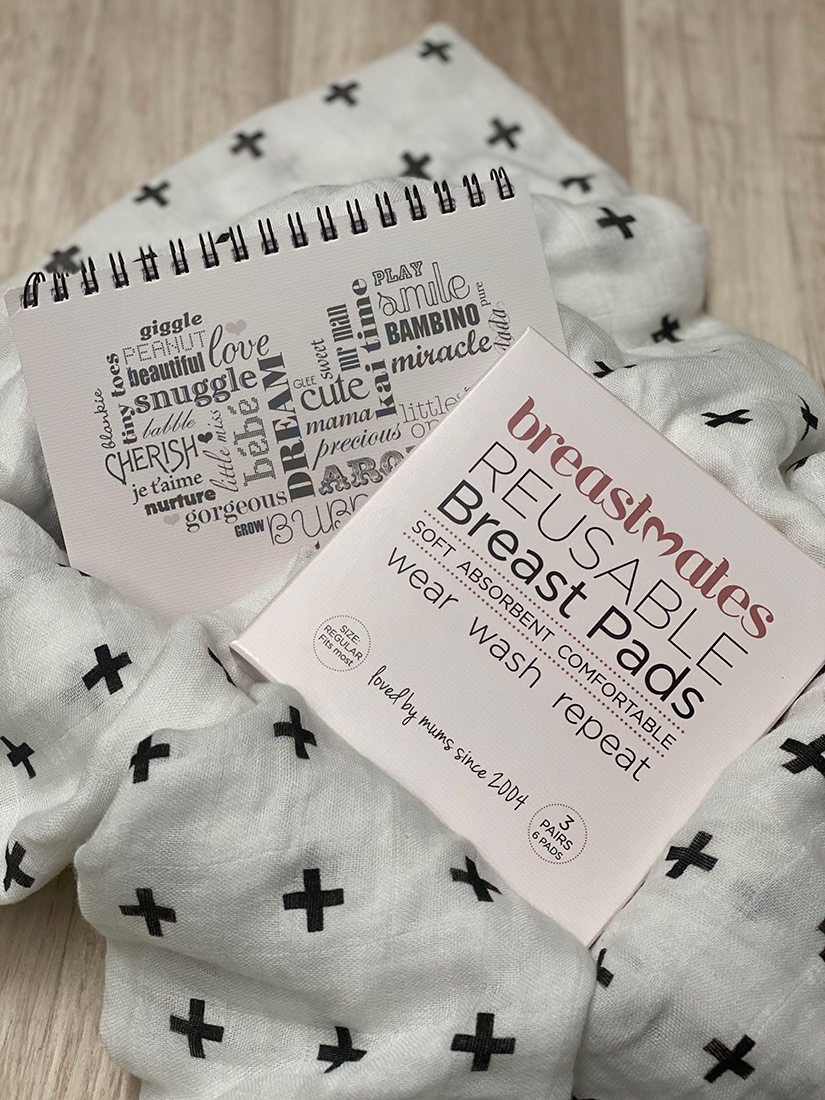 |
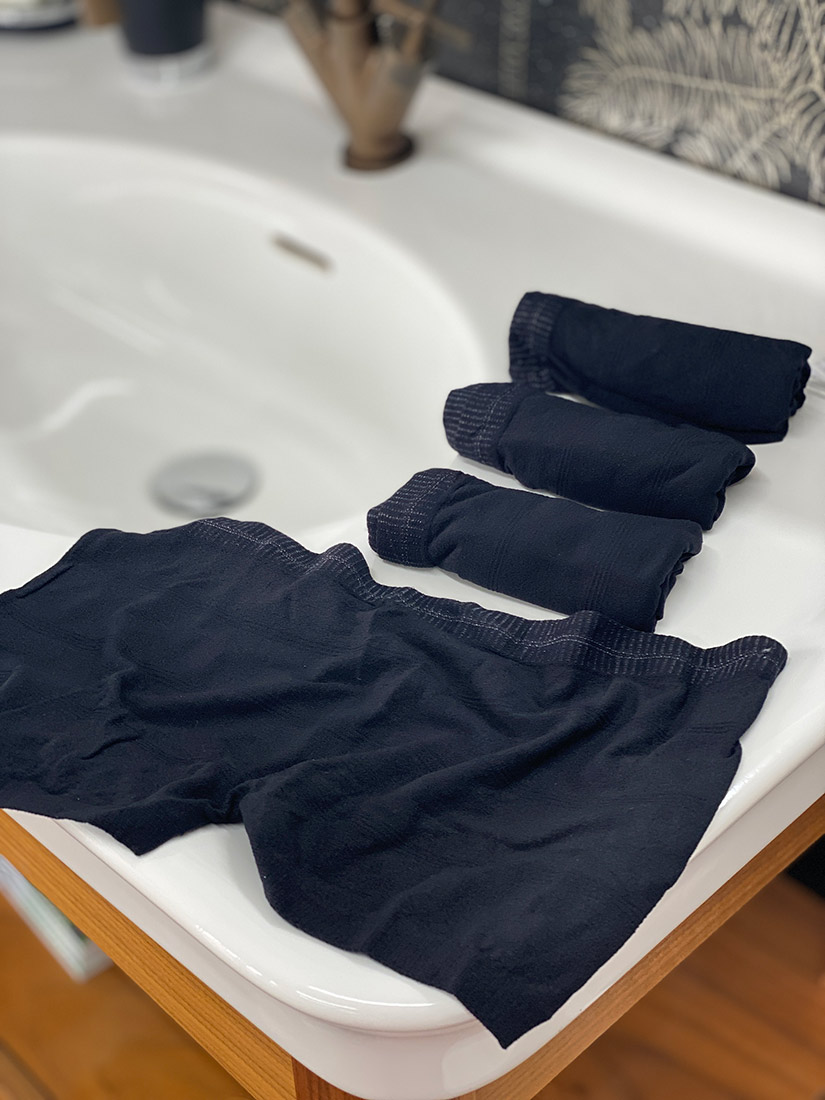
|
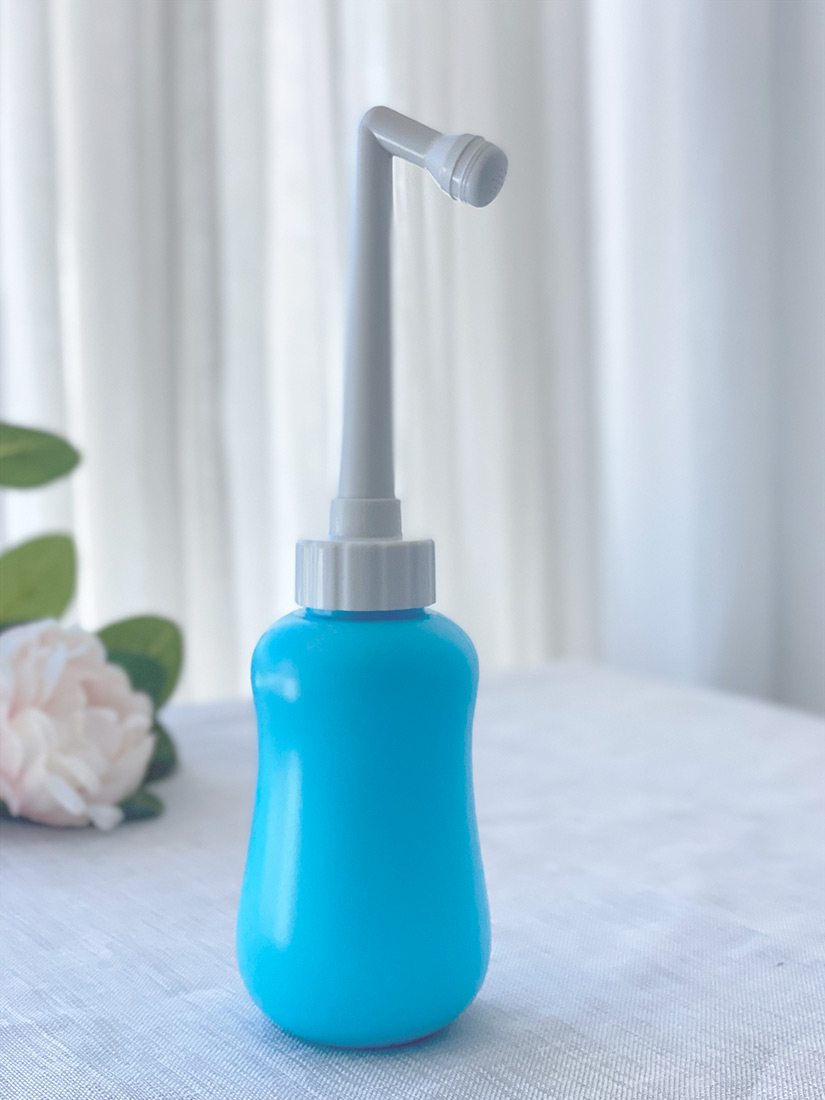 Peri Spray Bottle Peri Spray Bottle |


